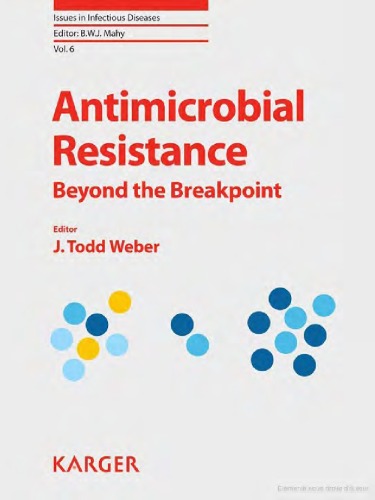

Most ebook files are in PDF format, so you can easily read them using various software such as Foxit Reader or directly on the Google Chrome browser.
Some ebook files are released by publishers in other formats such as .awz, .mobi, .epub, .fb2, etc. You may need to install specific software to read these formats on mobile/PC, such as Calibre.
Please read the tutorial at this link: https://ebookbell.com/faq
We offer FREE conversion to the popular formats you request; however, this may take some time. Therefore, right after payment, please email us, and we will try to provide the service as quickly as possible.
For some exceptional file formats or broken links (if any), please refrain from opening any disputes. Instead, email us first, and we will try to assist within a maximum of 6 hours.
EbookBell Team

4.0
26 reviews
ISBN 13: 9783805593236
Author: J Todd Weber
Part I: Fundamentals of Antimicrobial Resistance
Part II: Epidemiology and Global Burden of AMR
Part III: Specific Resistant Pathogens and Challenges
Part IV: Strategies for Combating AMR
define antimicrobial resistance
why are microorganisms with antimicrobial resistance a problem
world antimicrobial resistance congress 2024
world anti microbial resistance congress
role of pharmacist in preventing antimicrobial resistance
Tags: J Todd Weber, Anti, Microbial